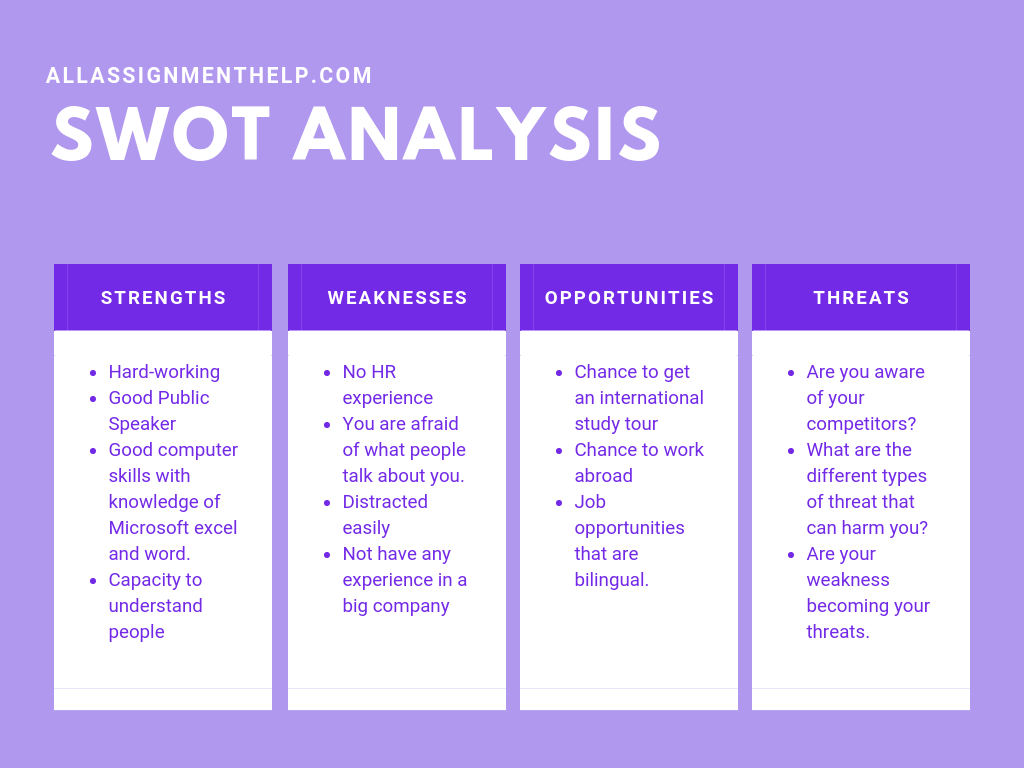How To Complete A Swot Analysis On Yourself

In today's hyper-competitive landscape, understanding your strengths and weaknesses isn't merely a suggestion; it's a necessity. Professionals across all sectors are increasingly adopting strategic self-assessment tools to navigate career transitions, enhance performance, and achieve long-term goals.
This article provides a comprehensive guide on conducting a SWOT (Strengths, Weaknesses, Opportunities, and Threats) analysis on yourself, offering practical steps to unlock your potential and mitigate potential risks. Mastering this technique can significantly impact your career trajectory and personal development.
Understanding the SWOT Framework
The SWOT analysis is a strategic planning tool traditionally used by organizations to evaluate their competitive position. However, its principles can be effectively applied to individual self-assessment.
It involves identifying your internal Strengths and Weaknesses, as well as external Opportunities and Threats. This structured approach allows for a balanced and insightful evaluation of your current standing and future prospects.
Identifying Your Strengths
Begin by brainstorming your key strengths. These are your inherent abilities, learned skills, and positive qualities that give you an edge.
Consider your accomplishments, areas where you consistently excel, and positive feedback you've received from others. Be specific and provide concrete examples to support your claims.
For instance, "Excellent communication skills, consistently praised for clear and persuasive presentations," is more effective than simply stating "Good communicator." Refer to past performance reviews and projects to get a more objective view.
Acknowledging Your Weaknesses
Identifying weaknesses can be challenging, but it's a crucial step in self-improvement. Be honest and objective in your assessment.
Consider areas where you struggle, tasks you avoid, and negative feedback you've received. Acknowledge your limitations without being overly critical.
For example, "Difficulty managing time effectively, often missing deadlines due to poor prioritization" is a useful weakness to identify. Don't be afraid to acknowledge areas needing improvement; it's a sign of self-awareness.
Recognizing Opportunities
Opportunities are external factors that can benefit you if you capitalize on them. These might include new skills, emerging trends, or untapped markets.
Think about industry developments, networking opportunities, and potential areas for growth. Look for ways to leverage your strengths to exploit these opportunities.
For example, "Increasing demand for data analysis skills in the marketing industry" presents an opportunity for someone with a background in mathematics and a passion for marketing. Proactively seek training and experience in areas where demand is growing.
Anticipating Threats
Threats are external factors that could hinder your progress. These might include competition, economic downturns, or technological advancements that render your skills obsolete.
Anticipate potential challenges and develop strategies to mitigate their impact. Staying informed and adaptable is key to overcoming threats.
For example, "Automation of routine tasks in my industry could lead to job displacement" is a potential threat that requires proactive skill development in areas that are less susceptible to automation. Invest in continuous learning to stay ahead of the curve.
Putting it All Together
Once you've identified your strengths, weaknesses, opportunities, and threats, organize them into a clear and concise format. A simple 2x2 matrix is often used for this purpose.
This visual representation allows you to see the relationships between the different factors and develop a strategic action plan. Review the SWOT analysis regularly and update it as needed to reflect changes in your personal and professional environment.
Use the SWOT analysis to make informed decisions about your career path, skill development, and personal growth. For example, if you identify a significant weakness that hinders your progress, invest in training or seek mentorship to address it.
Moving Forward
A self-SWOT analysis isn't a one-time event; it's an ongoing process of self-reflection and strategic planning. Commit to regularly reassessing your strengths, weaknesses, opportunities, and threats to stay ahead of the curve.
By continuously refining your understanding of yourself and the external environment, you can proactively adapt to change and maximize your potential. Embrace the SWOT analysis as a powerful tool for continuous improvement and career success.
The goal is not simply to identify these factors, but to leverage the insights gained to make informed decisions, develop actionable strategies, and ultimately, achieve your personal and professional aspirations. Invest in yourself; the returns are immeasurable.

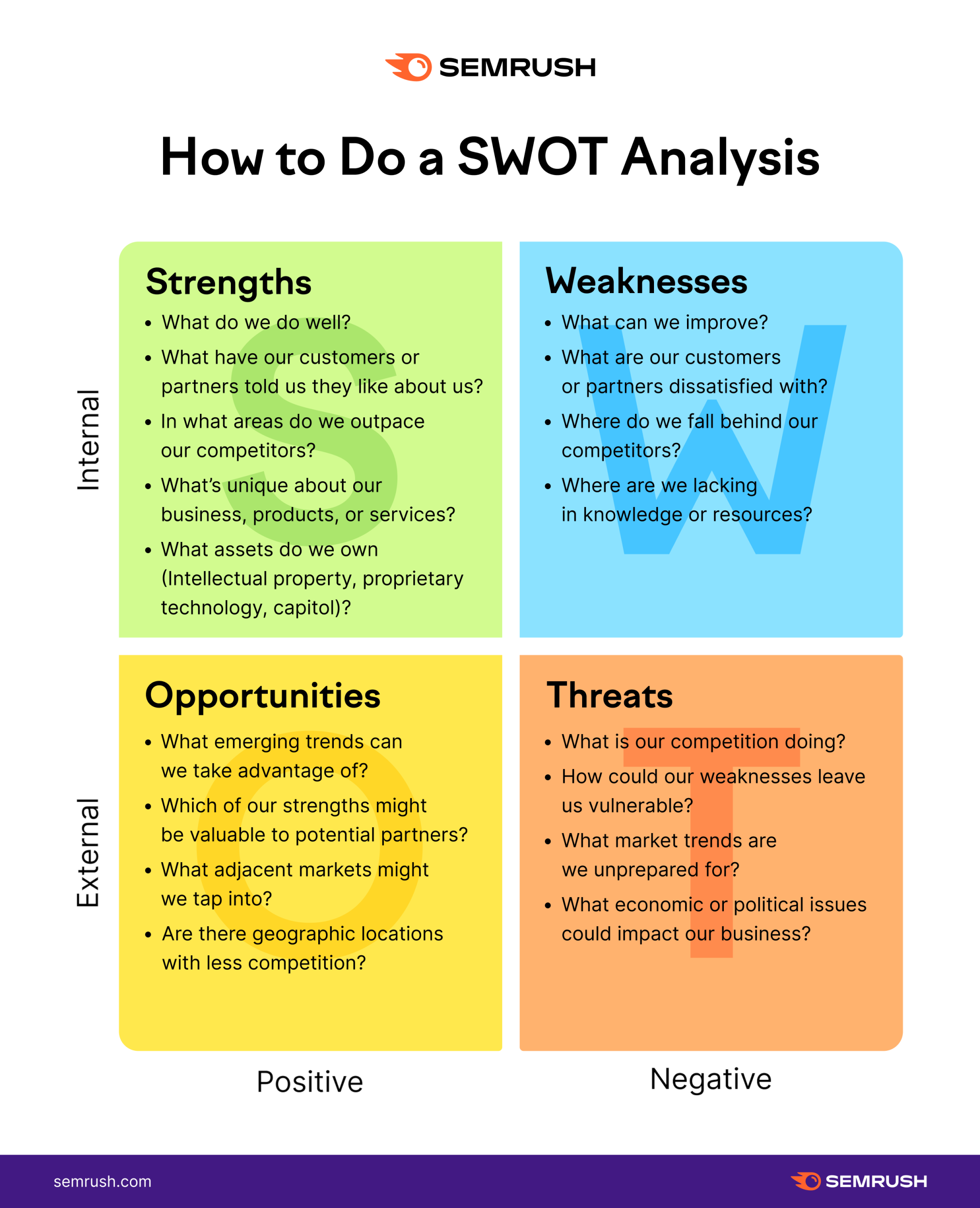
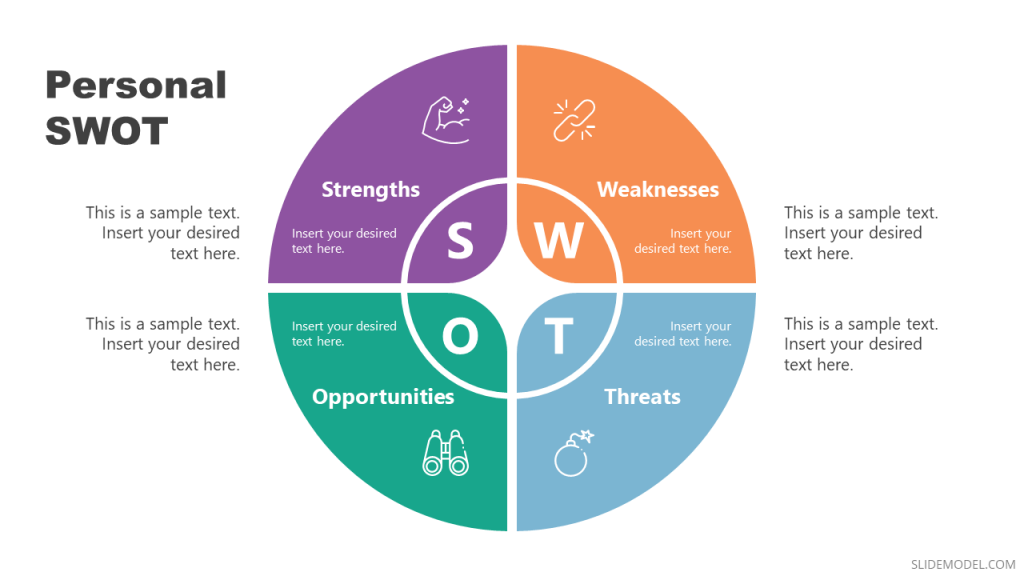
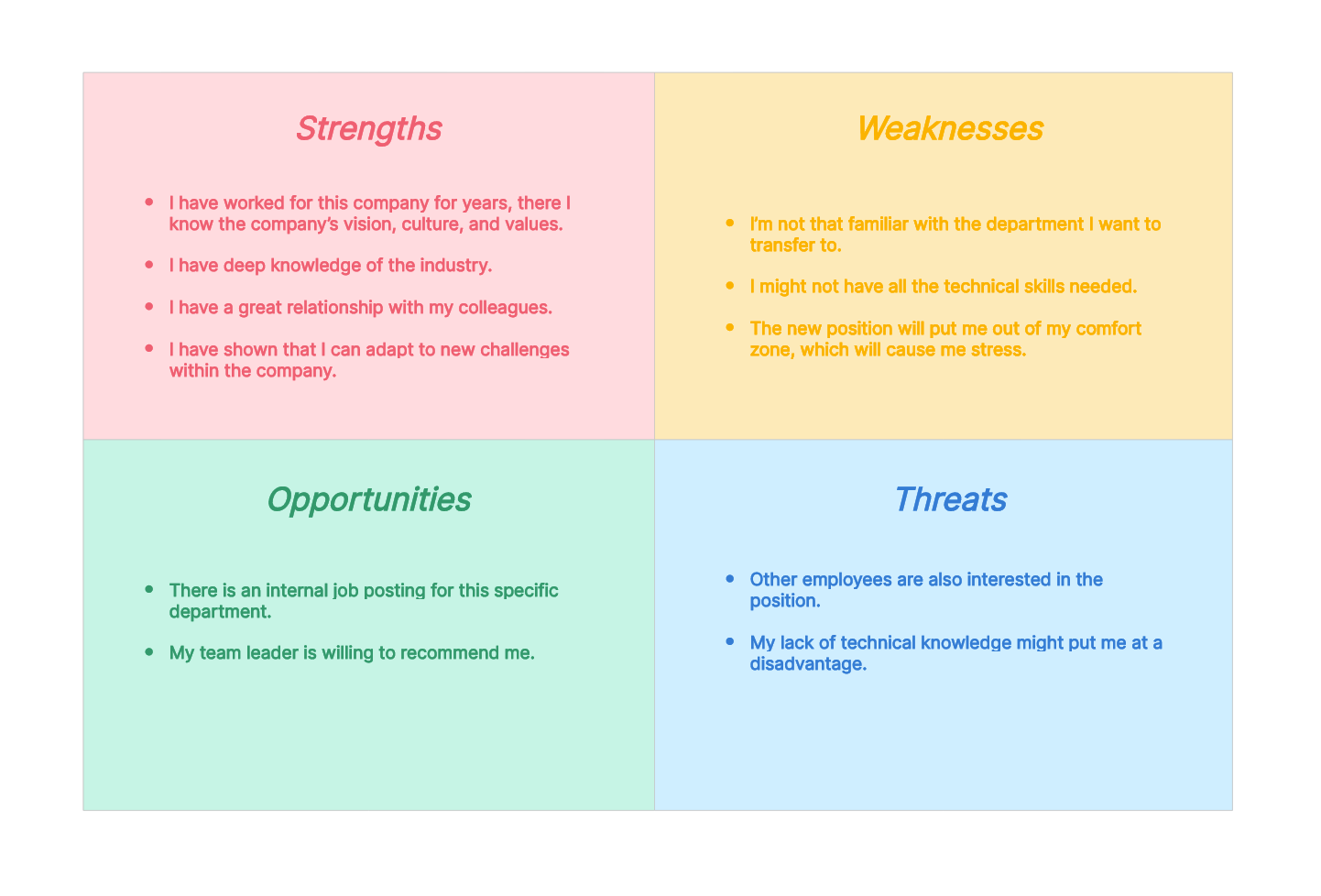


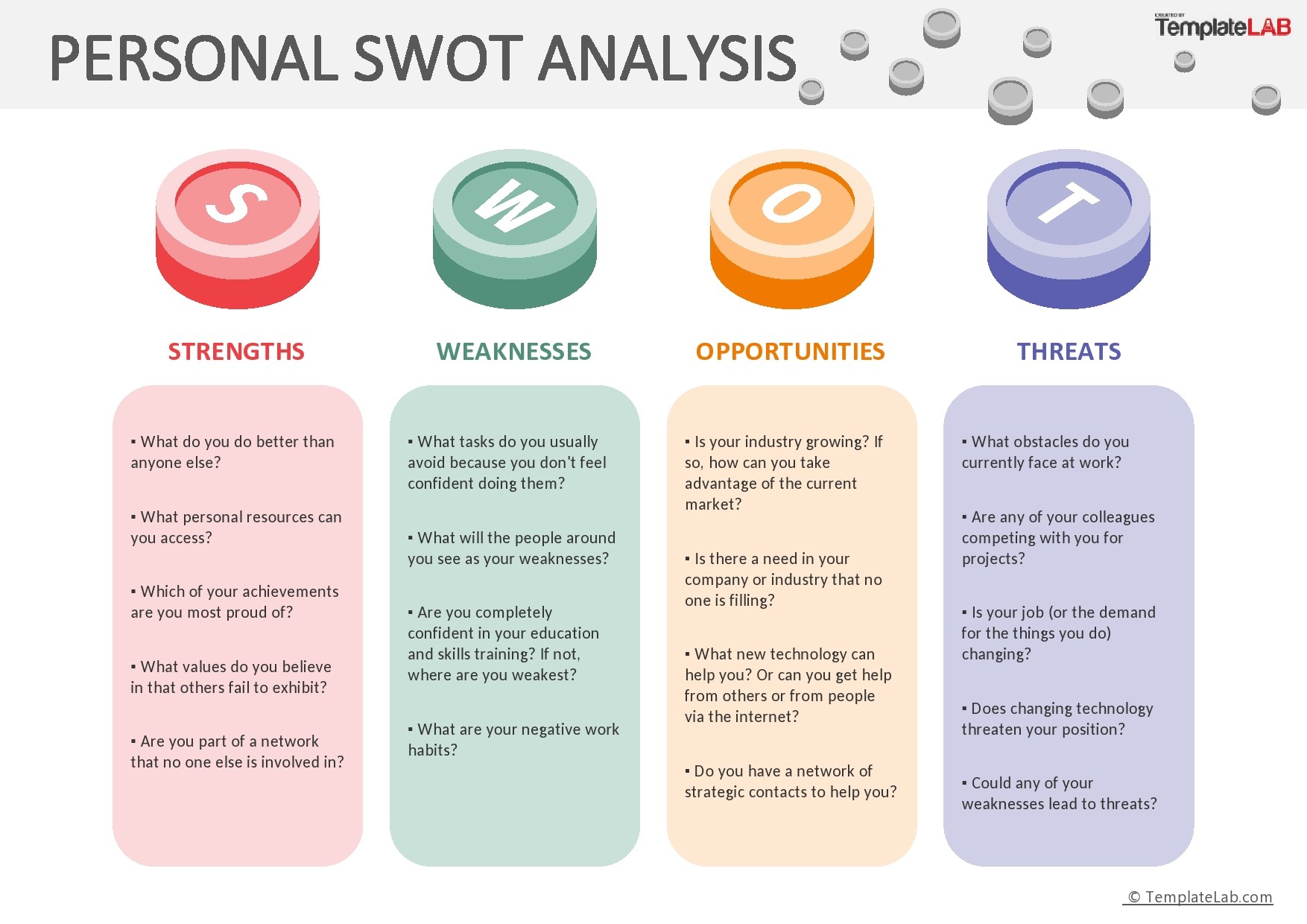
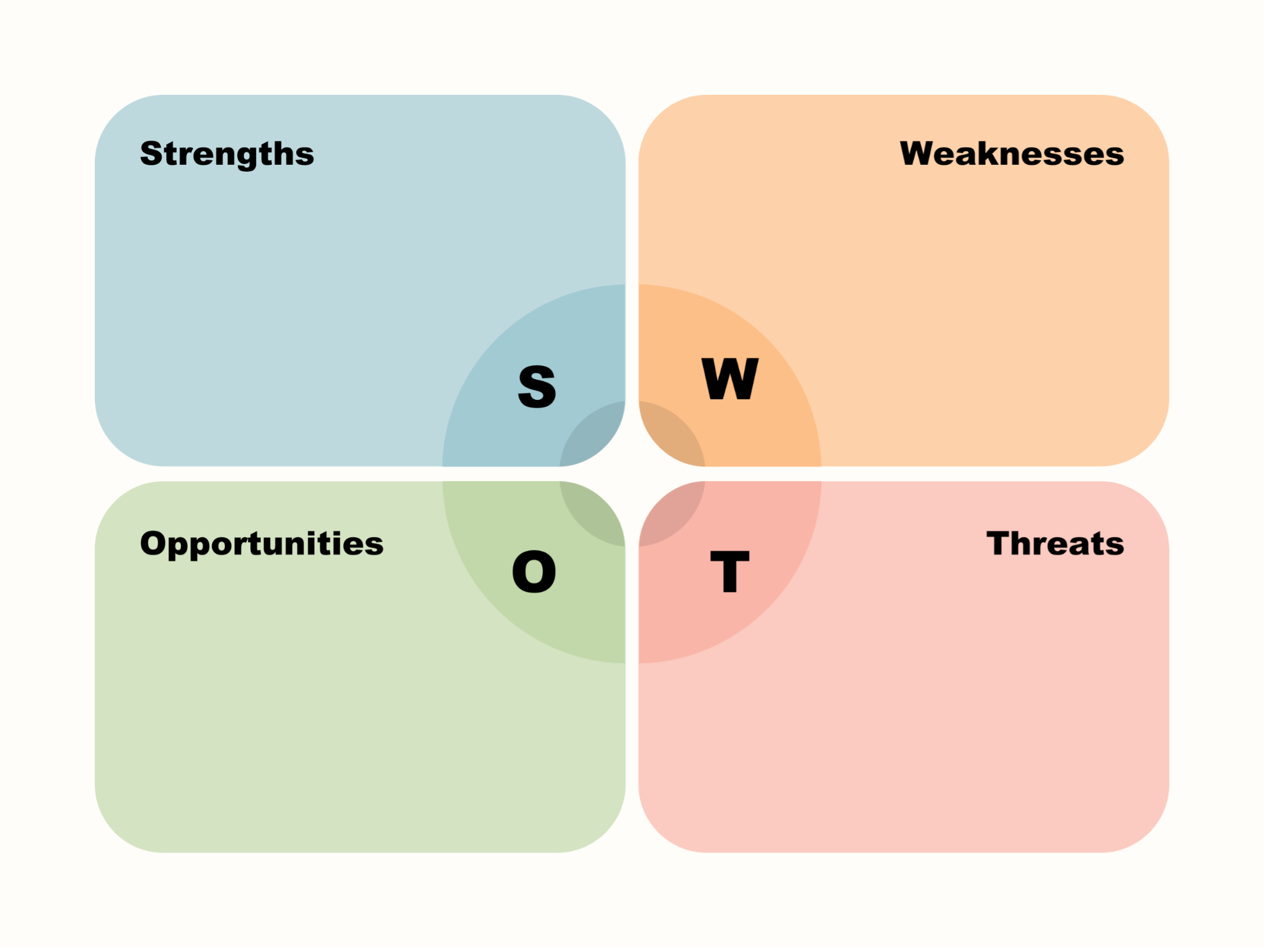
![How To Complete A Swot Analysis On Yourself SWOT Analysis: How To Do One [With Template & Examples] - Blog](https://blog.hubspot.com/hs-fs/hubfs/swot-analysis-example.jpg?width=3000&height=2000&name=swot-analysis-example.jpg)
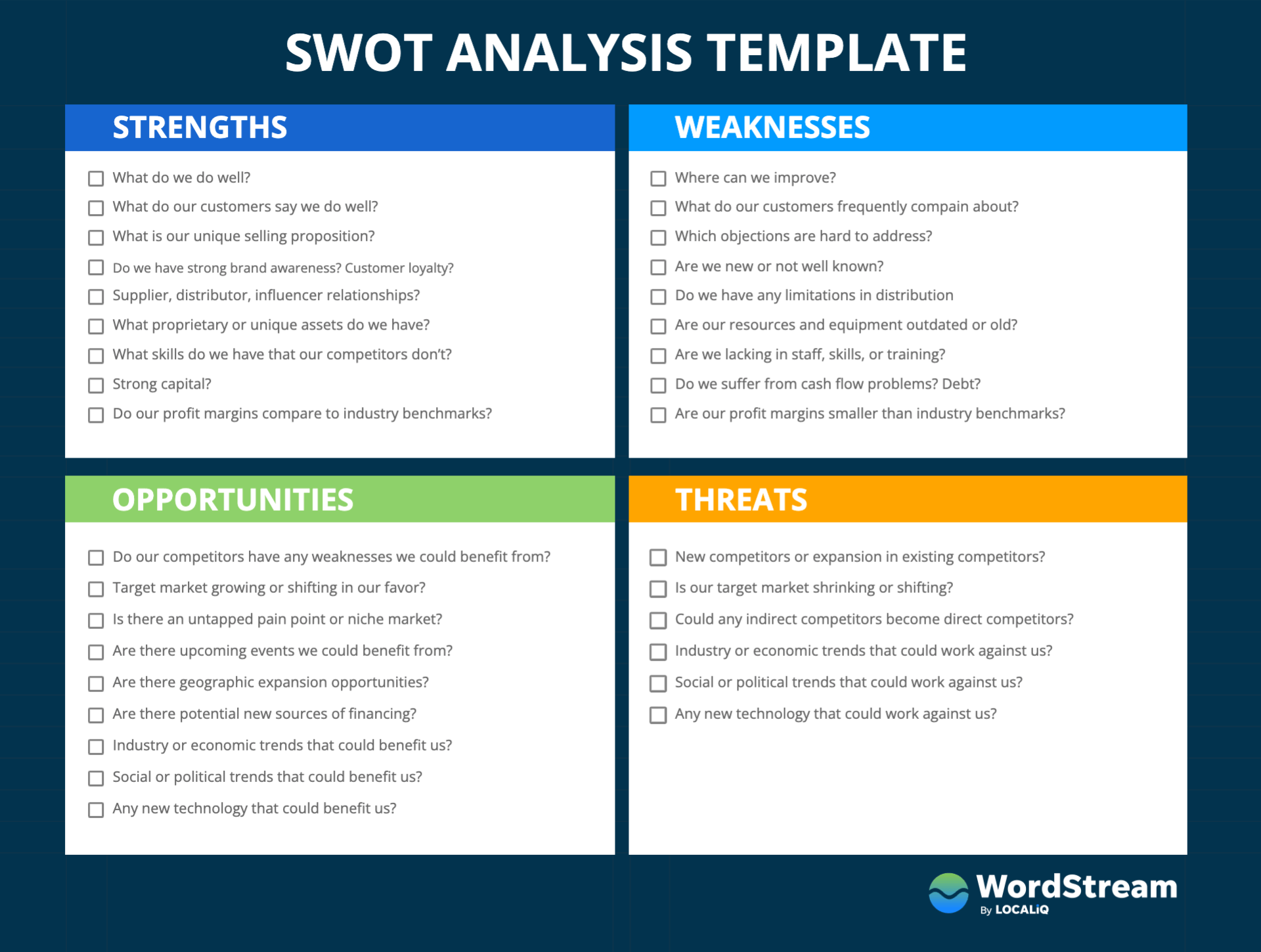
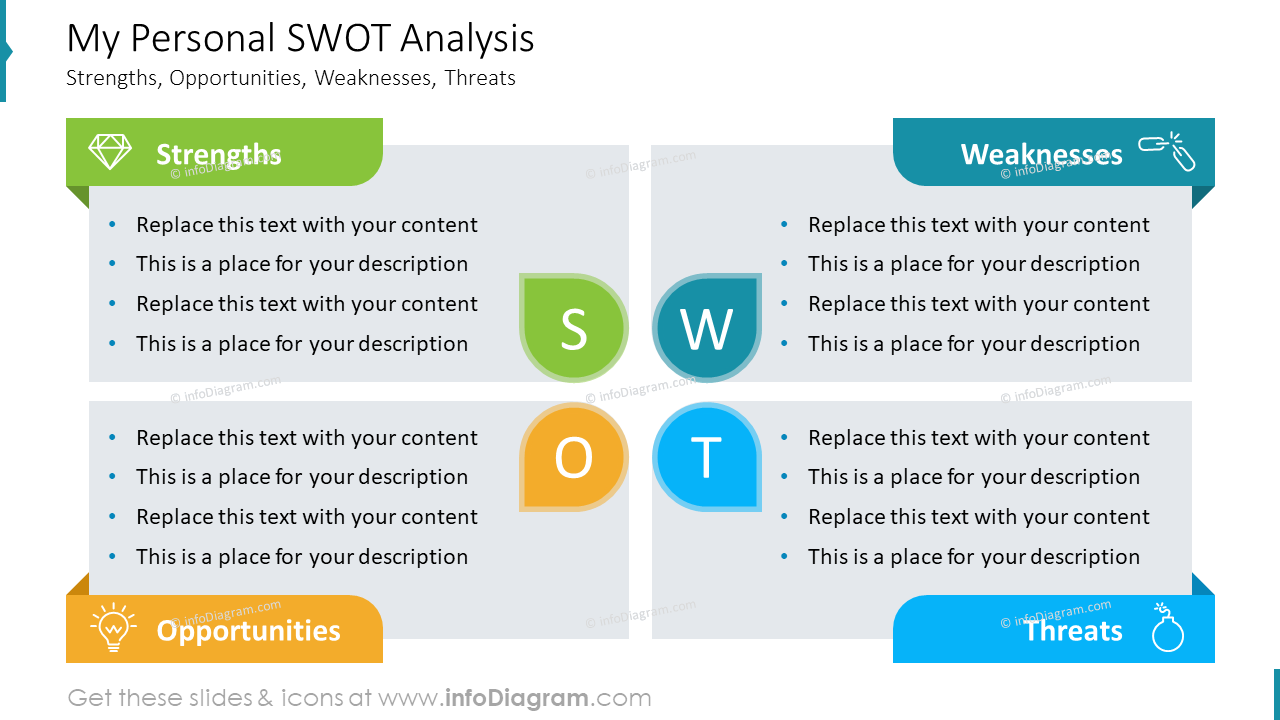

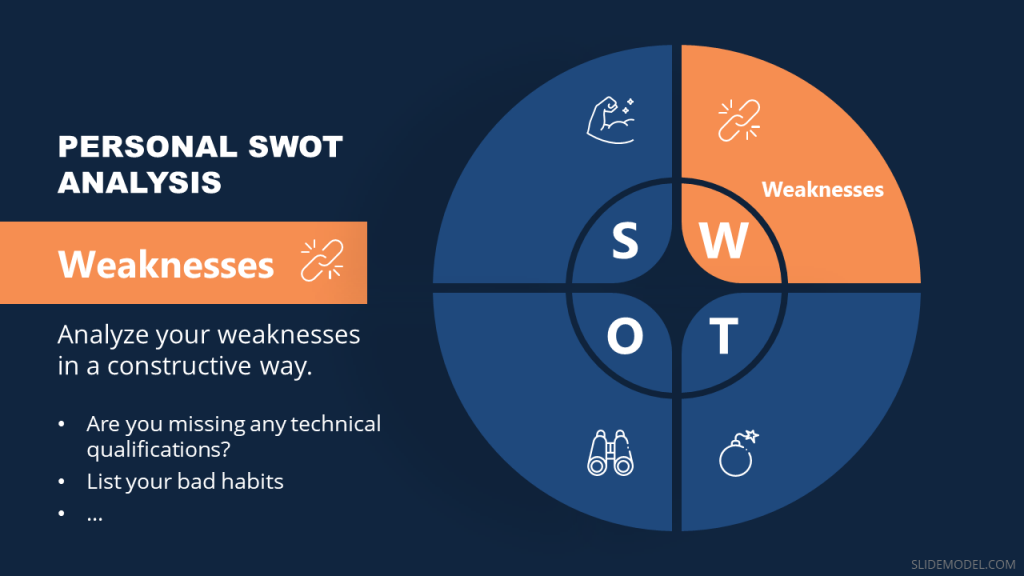

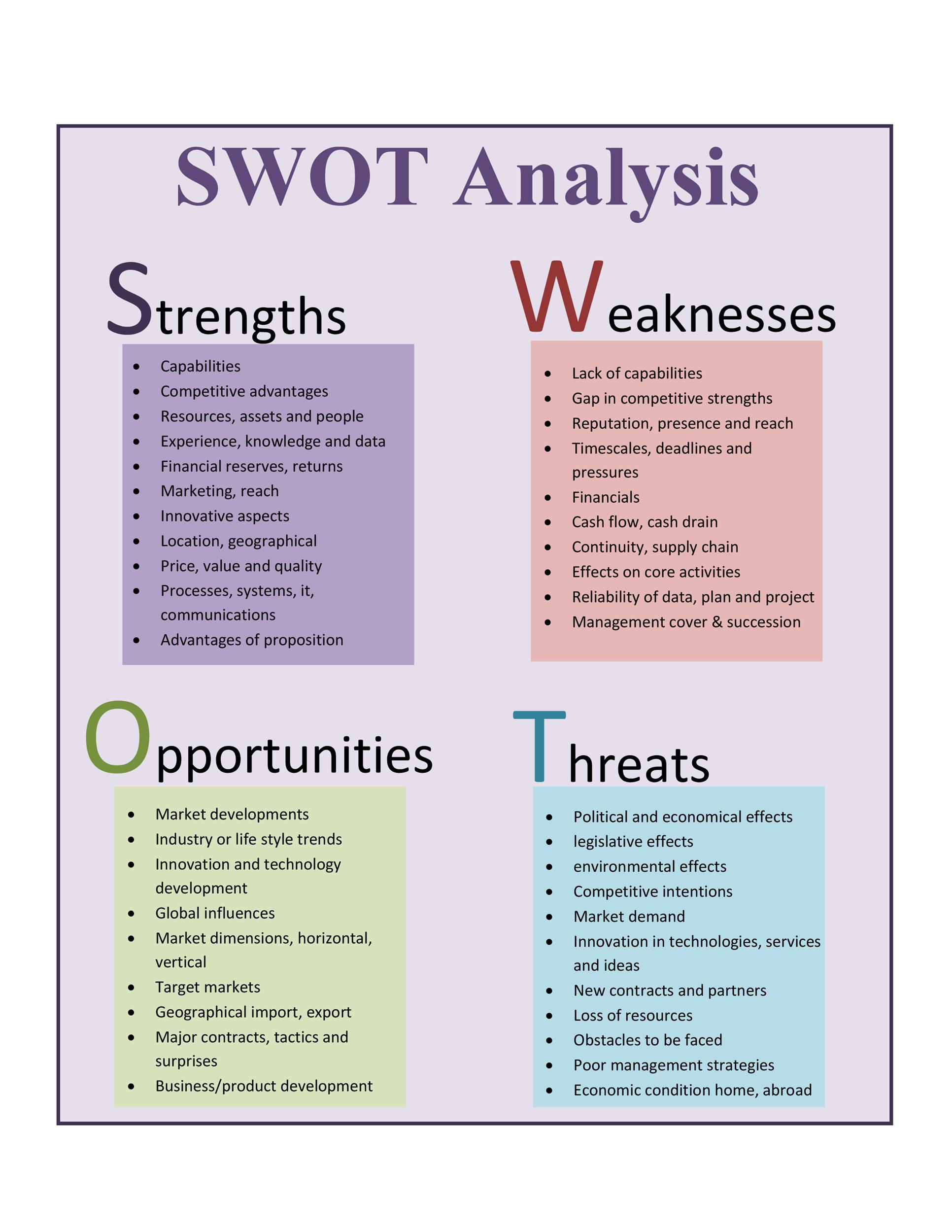
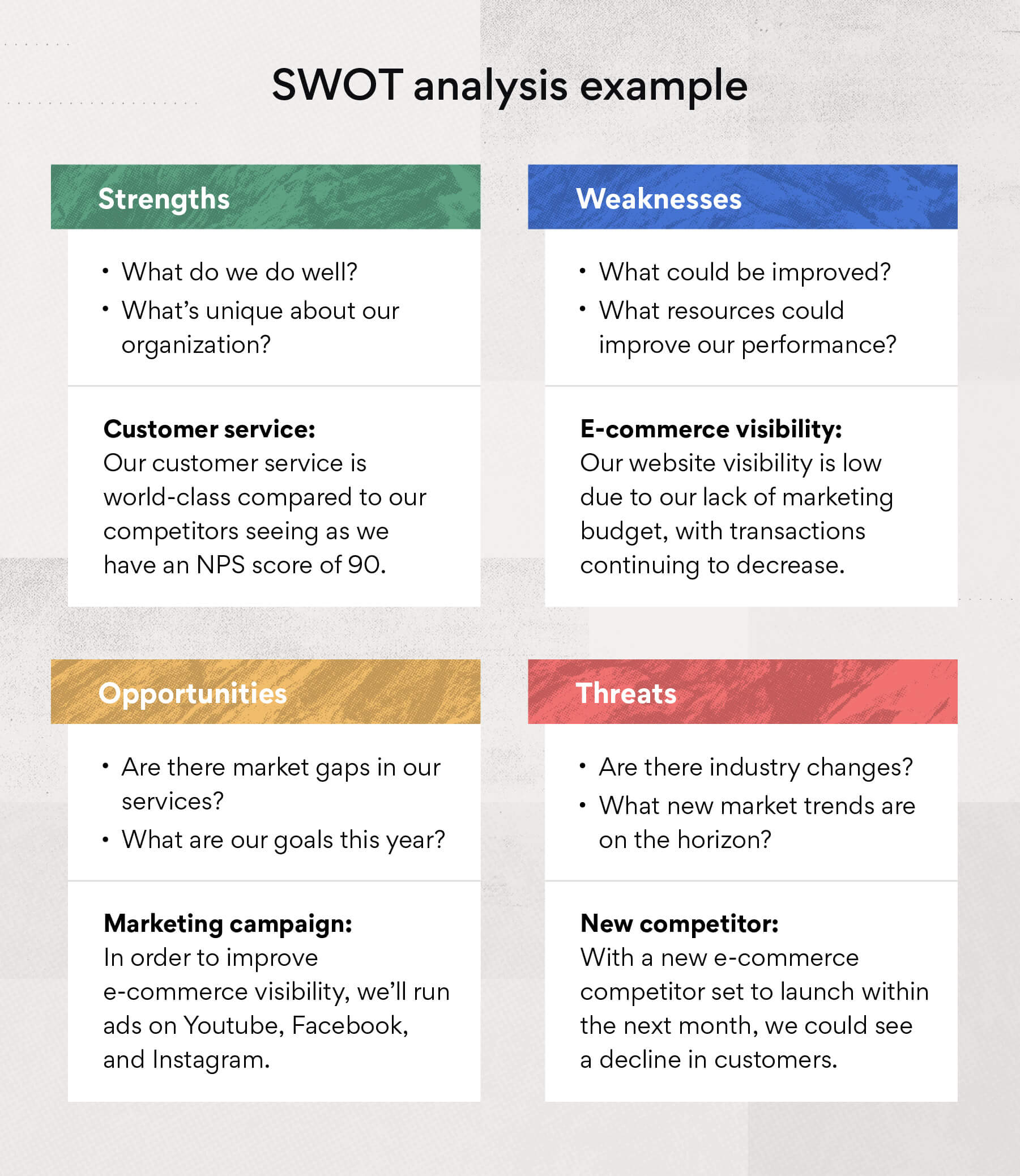
![How To Complete A Swot Analysis On Yourself How to do a SWOT analysis [with examples & templates] — BiteSize Learning](https://images.squarespace-cdn.com/content/v1/6348398d9d21fd6277c64f96/485e7404-ef4b-40fb-8cf4-84f14580fe43/swot+analysis+matrix+diagram+templates.png)
